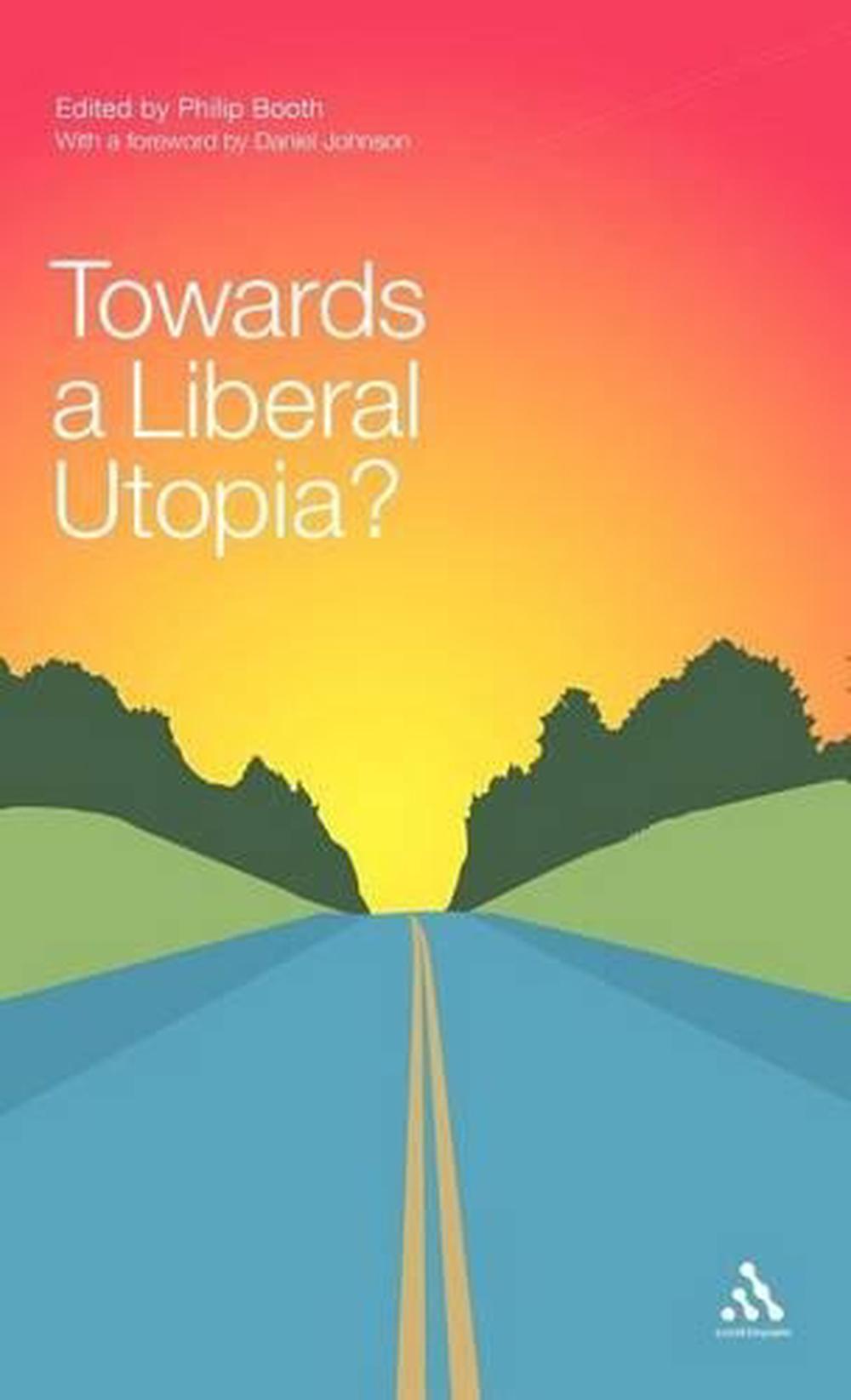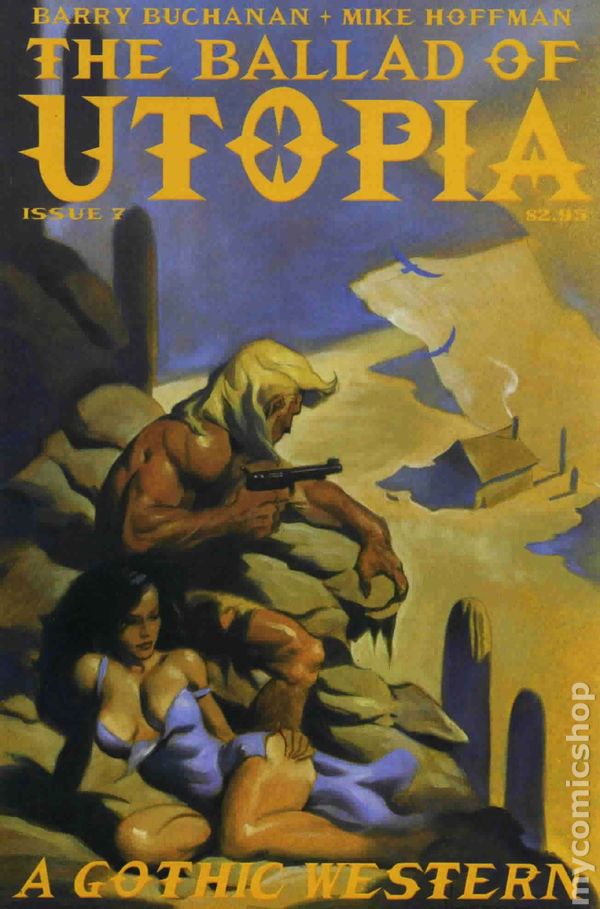

The Voyage to Icaria (1842) by Étienne Cabet – Inspired the Icarian movement.The Empire of the Nairs (1811) by James Henry Lawrence.Theory of the Four Movements (1808) by Charles Fourier.


Diderot presents Bougainville's descriptions of Tahiti as a utopia, standing in contrast to European culture. Supplément au voyage de Bougainville (1772) by Denis Diderot – A set of philosophical dialogues written by Denis Diderot, inspired by Louis Antoine de Bougainville's Voyage autour du monde.Memoirs of the Year Two Thousand Five Hundred (original title: L'An 2440, rêve s'il en fut jamais, which translates literally to The Year 2440: A Dream If Ever There Was One) (1771) by Louis-Sébastien Mercier.Candide, ou l'Optimisme (1759) by Voltaire.

A Vindication of Natural Society (1756) by Edmund Burke.This is the earliest known utopia published in the United States. A General Idea of the College of Mirania (1753) by William Smith – Describes a Eutopian educational system.The Life and Adventures of Peter Wilkins (1751) by Robert Paltock.Gaudentio di Lucca (1737) by Simon Berington Gulliver's Travels (1726) by Jonathan Swift.Robinson Crusoe (1719) by Daniel Defoe.The Adventures of Telemachus (1699) by Francois de Salignac de la Mothe Fenelon.The Southern Land Known ( La Terre Australe connue) (1676) by Gabriel de Foigny.The History of the Sevarites or Sevarambi (1675) by Denis Vairasse.The Isle of Pines (1668) by Henry Neville – Five people are shipwrecked on an idyllic island in the Southern Hemisphere.The Blazing World (1666) by Margaret Cavendish – Describes a utopian society in a story mixing science-fiction, adventure, and autobiography.Comical History of the States and Empires of the Moon ( Histoire Comique Contenant les Etats et Empires de la Lune) (1657) by Cyrano de Bergerac.The Commonwealth of Oceana (1656) by James Harrington – a constitutionalist utopian republic in which a balanced allocation of land ensured a balanced government.The Law of Freedom in a Platform (1652) by Gerrard Winstanley – a radical communist vision of an ideal state.A Description of the Famous Kingdom of Macaria (1641) by Samuel Hartlib.The Man in the Moone (1638) by Francis Godwin.New Atlantis (1627) by Sir Francis Bacon.La Repubblica d'Evandria (1625) by Lodovico Zuccolo.The City of the Sun (1623) by Tommaso Campanella – Depicts a theocratic and egalitarian society.Christianopolis ( Reipublicae Christianopolitanae descriptio) (1619) by Johann Valentin Andreae.Histoire du grand et admirable royaume d'Antangil (1616) attributed to Jean de Moncy – detailed description of the ordering of the island of Antangil, with a classical republic and multiple checks on power.Il Belluzzi, o vero della citta felice (1615) by Lodovico Zuccolo.La Citta del Sole (later published as Civitas solis) (1602) by Tommaso Campanella.Siuqila: Too Good to be True (1580) by Thomas Lupton.A Work touching the Good Ordering of a Common Weal (1559) by Joannes Ferrarius Montanus.La Città felice (1553) by Francesco Patrizi.Wolfaria (1521) by Johann Eberlin von Günzburg – a Lutheran utopia which levied harsh punishments on sinners.The Book of the City of Ladies (1404) by Christine de Pizan – the earliest European work on women's history by a woman, and about a utopian city constructed exclusively by women's histories.The Virtuous City ( Al-Madina al-Fadila) by Al-Farabi (874-950) – A story of Medina as an ideal society ruled by the prophet Muhammad.The Peach Blossom Spring ( Tao Hua Yuan) (421 CE) by Tao Yuanming.165–50 BC) by Iambulus – Utopian novel describing the features and inhabitants of the title Islands 300 BC) by Euhemerus – Describes the rational island paradise of Panchaea 300 BC) by Zeno of Citium, an ideal society based on the principles of Stoicism. 370-360 BC) by Plato – One of the earliest conceptions of a utopia. The word "utopia" was coined in Greek language by Sir Thomas More for his 1516 book Utopia, but the genre has roots dating back to antiquity.


 0 kommentar(er)
0 kommentar(er)
